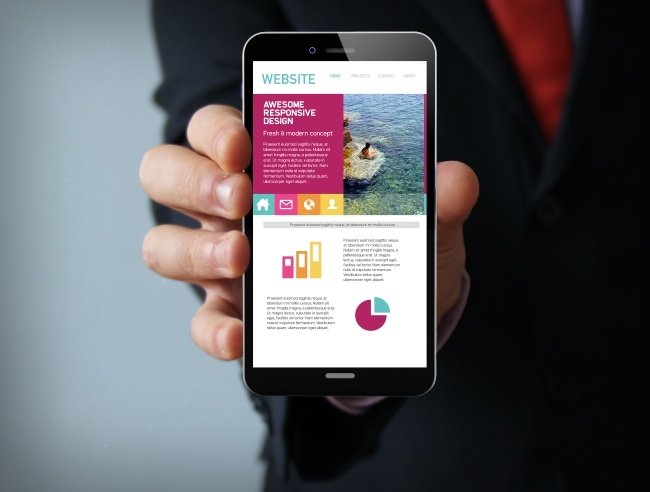Nearly 80 percent of all advertising online is programmatic in nature. The ability to automate the ad-buying process certainly has many potential benefits such as being able to suspend campaigns that aren't performing according to predetermined standards. With the shift towards all these mobile these days, including what matters to Google when it comes to ranking sites, it's no surprise that programmatic mobile advertising is attracting more attention. Yet many advertisers who've seen success with programmatic advertising with desktop campaigns aren't seeing similar results with their mobile advertising efforts. The reason for this may be a failure to take some of the unique features of mobile use into consideration. Here are five tips to keep in mind as you fine-tune your programmatic strategy for your mobile campaigns.

1. Allow for Engagement Across Multiple Platforms
Your mobile advertising may attract attention on a smartphone or iPad, but a significant number of mobile users still revert to their desktop PC to make a conversion. While mobile use has eclipsed desktop use since 2015, conversion rates are still higher on desktops. Plan your campaigns with cross-device targeting in mind to account for searchers who discover your brand on one device and take the desired action on a different one. Just watch your ad frequency to avoid annoying potential consumers across multiple devices (not a good thing).
2. Optimize Your Ads for Mobile Screens
Go beyond SEO basics and embrace a mobile advertising optimization philosophy. This means ensuring that your ads still look good on smaller screens. Avoid excessive text that may not be easily readable. Use short video clips since mobile attention spans are very short. Pay attention to things such as your phrasing is ads (using "tap" instead of "click" if you're targeting mobile consumers) and your load times. Consider exploring Google's Accelerated Mobile Pages (AMP) to further optimize the mobile experience for your intended audience.
3. Include Both Mobile Web and In-App Ads
Consumers spend about 85 percent of their time on smartphones in apps. So, go beyond mobile web ads and launch some campaigns specifically designed for in-app engagement. Also consider that there's less competition for ad space in-app, so you're more likely to reach your intended audience with well-planned mobile programmatic advertising app campaigns. However, mobile web ads are easier to access than apps since there's no need to download anything and you'll have access to a greater variety of users. Because of the unique benefits of each type of mobile ad, it makes sense to find a mix that works best for your brand.
4. Make Your Website Appealing to Mobile Visitors
If your campaigns are going to be directing users back to your website, make sure it's one that's designed to be as mobile-friendly as possible. Visitors to your site will likely become frustrated (meaning fewer conversions) with having to make adjustments just to see what your website actually offers. The general recommendation today is to have a responsive website design that allows for optimal viewing on any screen.

5. Get Some Help Managing Your Data
Programmatic mobile advertising requires the wise use of a lot of data. The problem with data, however, is that there can be a lot of it to sort through. If you don't have the resources to do this yourself, partner with data or analytics providers. You're sure to appreciate seeing your available data presented in easily digestible reports as you plan your mobile advertising optimization strategy for your programmatic campaigns.
Great article!
Excellent write!